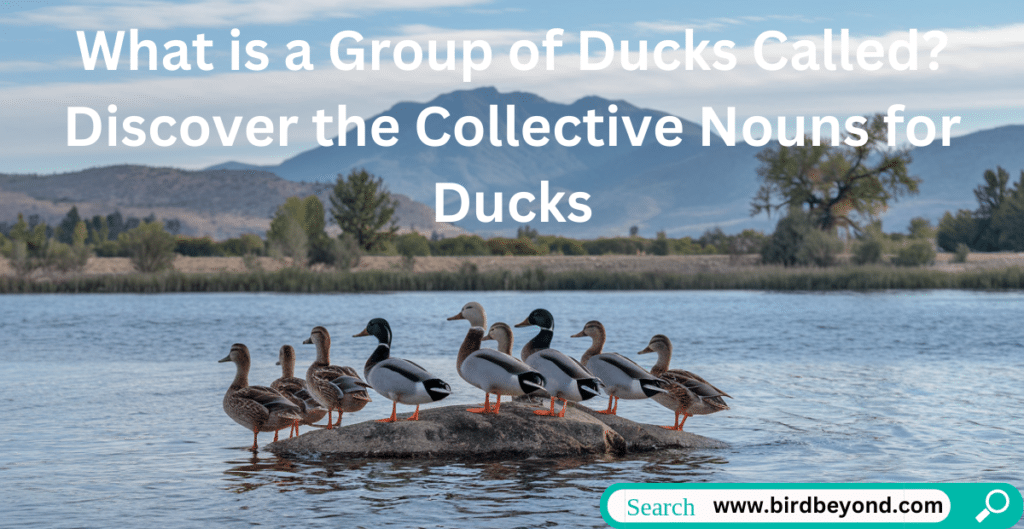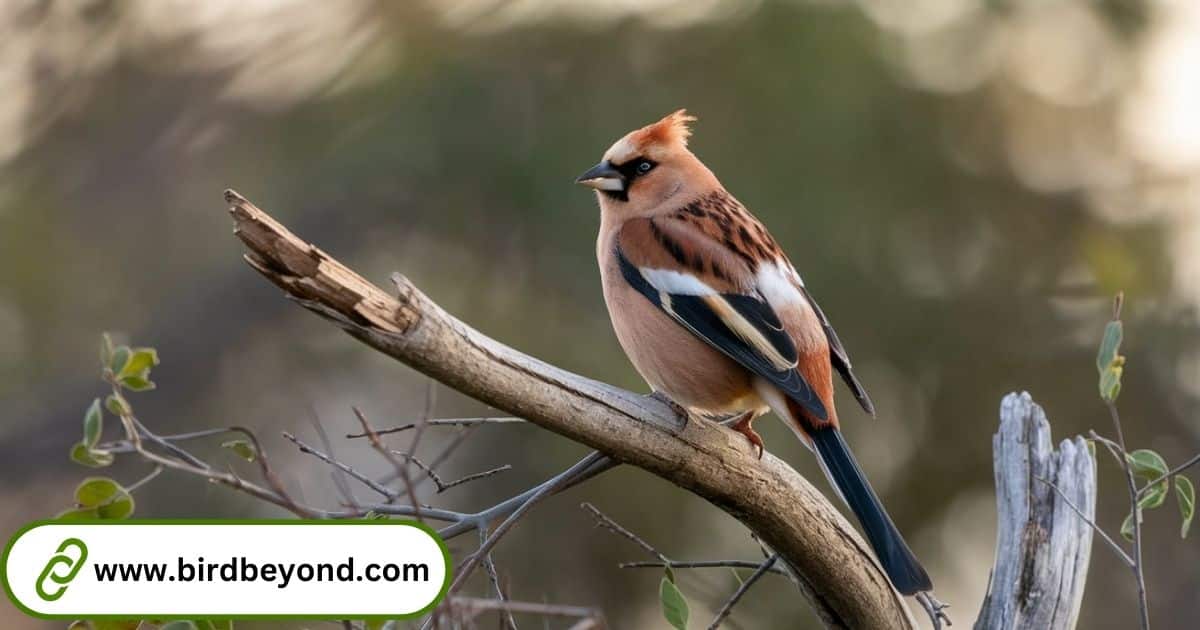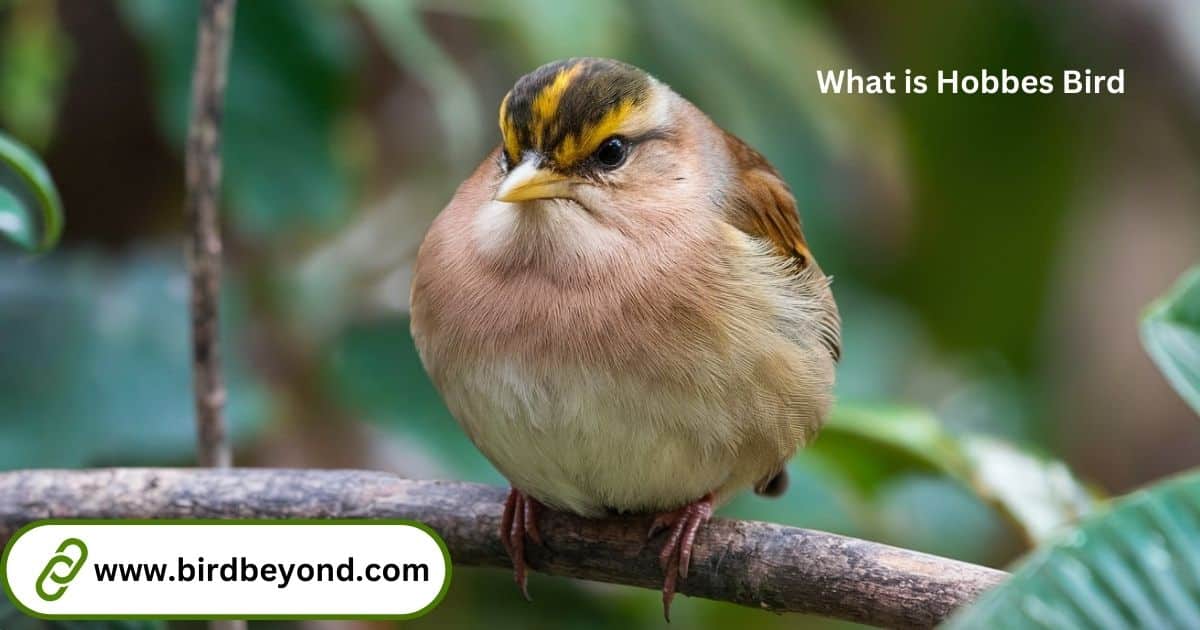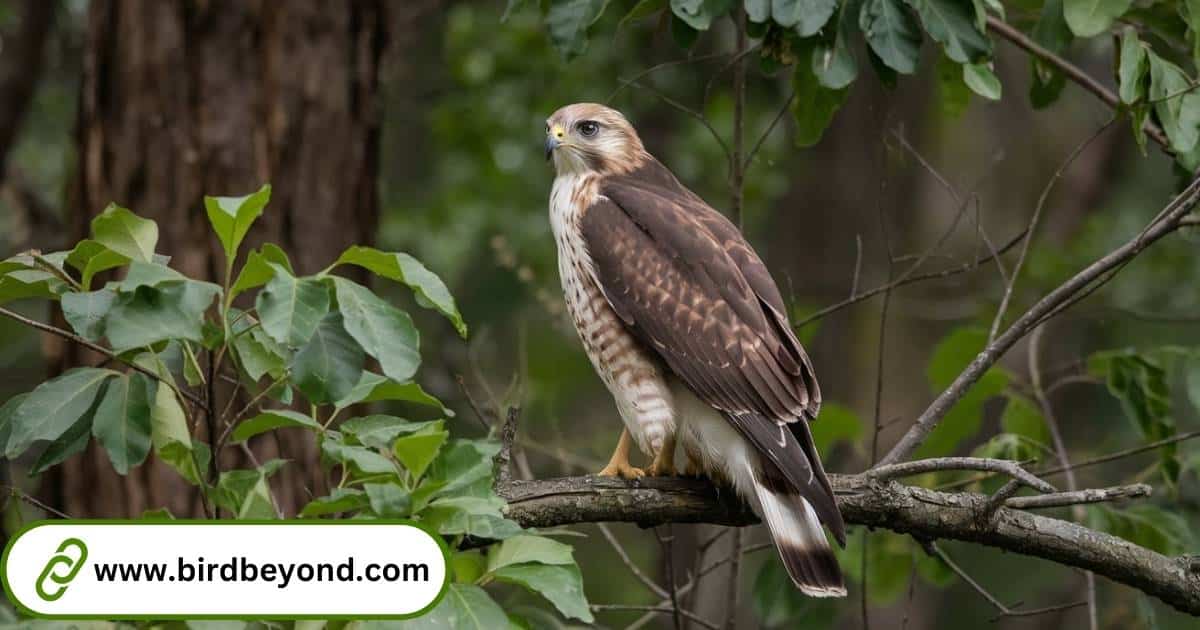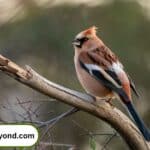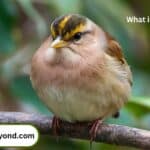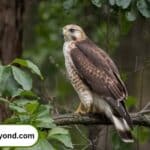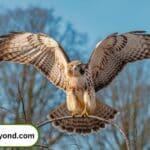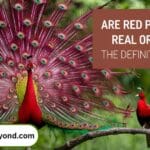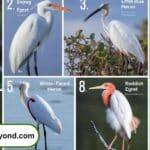TheyHave you ever watched a cluster of ducks gliding across a serene pond or waddling through a park and wondered, “What is a group of ducks called?” You’re not alone. The world of duck collective nouns is as diverse and intriguing as the waterfowl themselves. In this comprehensive guide, we’ll dive deep into the various terms used to describe groups of ducks, explore their origins, and uncover the fascinating behaviors that inspired these unique names.
I. Introduction: The Quack-tastic World of Duck Collectives
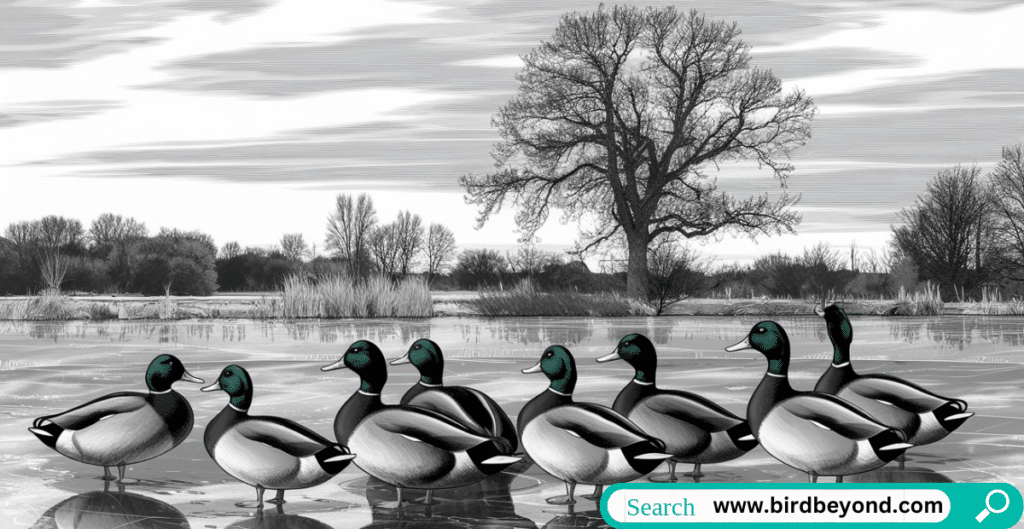
Ducks, with their distinctive quacks and endearing waddles, have long captured our imagination. These sociable birds are rarely seen alone, preferring the company of their feathered friends. But did you know that the terms we use to describe these gatherings are as varied as the ducks themselves?
Collective nouns – words used to describe groups of animals or things – add color and precision to our language. When it comes to ducks, these terms often reflect the birds’ behavior, location, or historical context. Moreover, understanding these collective nouns not only enriches our vocabulary but also deepens our appreciation for these remarkable waterfowl. In addition, these unique terms give us insight into the natural world, helping us observe and describe duck behavior with greater accuracy. Thus, learning these nouns enhances both language and wildlife awareness.
As we know that embark on this journey through the world of duck collective nouns, prepare to be surprised, amused . From the common “flock” to the more obscure “plump,” each term offers a unique glimpse into the social lives of these beloved birds.
II. The Primary Collective Nouns for Ducks: A Quack for Every Occasion
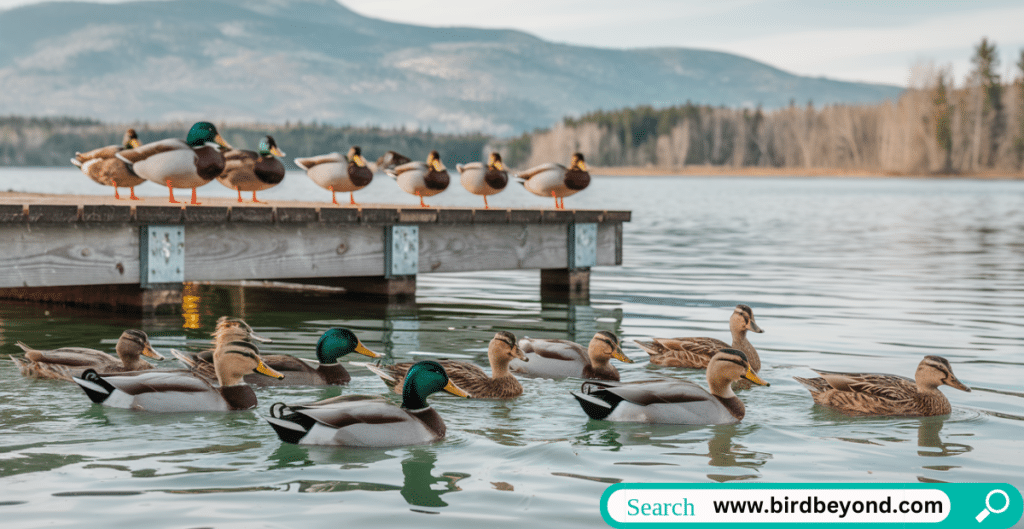
When asking, “What is a group of ducks called?”, they find that the answer isn’t as straightforward as you might expect. Several terms are commonly used, each with its own nuances and. Let’s explore the primary collective nouns for ducks:
A. “Flock” – The Jack-of-All-Trades
The term “flock” is perhaps the most versatile and widely recognized collective noun for ducks. It’s a catch-all term that can describe a group of ducks in various settings:
- On land: A flock of ducks waddling through a park
- In water: A flock of ducks swimming in a pond
- In flight: A flock of ducks soaring across the sky
Fun Fact: The word “flock” comes from Old English “flocc,” meaning a group or body of people or animals.
B. “Raft” – Ducks on Water
When you see a group of ducks floating peacefully on a lake or pond, you’re looking at a “raft” of ducks. This term paints a vivid picture of ducks clustered together on the water’s surface, much like a makeshift raft.
“A raft of ducks on a misty morning lake is nature’s own work of art.” – Anonymous bird watcher
C. “Paddling” – Ducks in Motio
“Paddling” is a dynamic term used to describe a group of ducks actively swimming on the water. This collective noun emphasizes the ducks’ movement and the gentle ripples they create as they glide across the surface.
D. “Team” – A General Term with Historical Roots
While less common today, “team” is a traditional collective noun for ducks that dates back to hunting terminology. A general term that can be applied to ducks in various situations.
Table: Primary Collective Nouns for Ducks
| Term | Usage | Example |
|---|---|---|
| Flock | General, versatile | A flock of mallards took flight at sunset. |
| Raft | Ducks on water, stationary | A raft of eiders bobbed gently on the waves. |
| Paddling | Ducks swimming | A paddling of wood ducks crossed the pond. |
| Team | General, traditional | The hunter spotted a team of ducks in the distance. |
These primary terms form the foundation of duck collective nouns, but they’re just the tip of the iceberg. As we delve deeper into the world of duck groups, we’ll discover even more specialized and intriguing terms.
III. Specialized Collective Nouns: A Term for Every Duck’s Mood
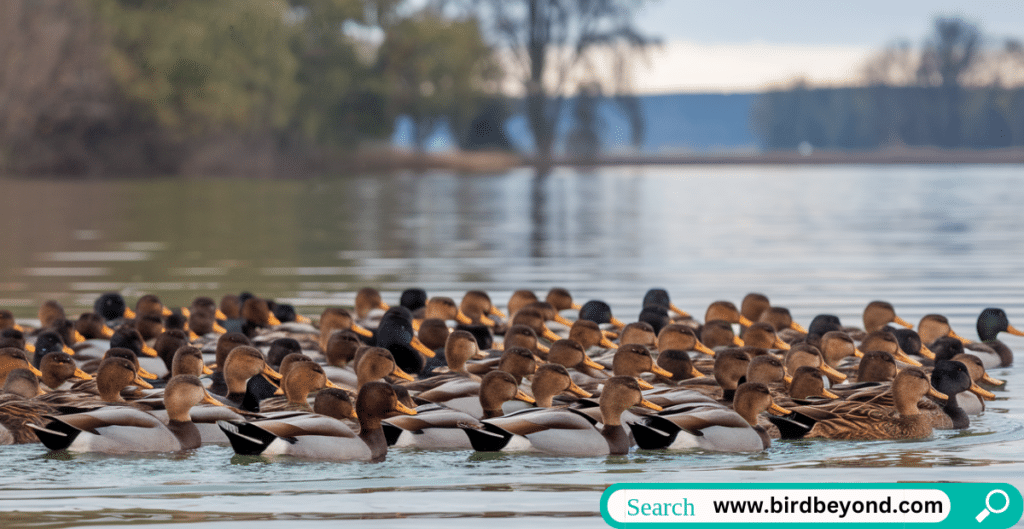
The rich tapestry of duck collective nouns extends far beyond the basic terms. Depending on the ducks’ behavior, location, or even the specific species, different collective nouns come into play. Let’s explore these specialized terms that answer the question, “What is a group of ducks called?” in various contexts.
A. On Land: Waddling Wonders
- “Waddling”
When you see a group of ducks awkwardly making their way across land, you’re witnessing a “waddling” of ducks. This charming term perfectly captures the distinctive gait of ducks on solid ground.
- Example: “A waddling of mallards crossed the park path, much to the delight of onlookers.”
- “Badling”
Specifically used for a group of ducklings, a “badling” evokes the image of adorable, fluffy baby ducks following their mother in a line.
- Fun Fact: The term “badling” is thought to come from the “bydel,” meaning “herald” or “messenger,” perhaps referring to how ducklings announce their presence with their high-pitched peeps.
B. In Flight: Aerial Acrobats
- “Skein”
A “skein” refers to a group of ducks, geese, or other wildfowl in flight. This term is particularly evocative, as it brings to mind the V-shaped formation often adopted by flying ducks.
- Did you know? The V-formation helps ducks conserve energy during long flights. Each bird flies slightly above the bird in front, catching the upwash from its wingtips and reducing wind resistance.
- “Plump”
A less common but equally descriptive term, a “plump” of ducks refers to a group in flight. It might bring to mind the rounded bodies of well-fed ducks as they soar through the air. - “Brace”
While not exclusive to ducks in flight, a “brace” specifically refers to two ducks, often used in hunting contexts. It can describe two ducks flying together or a pair that has been hunted.
C. On Water: Aquatic Assemblies
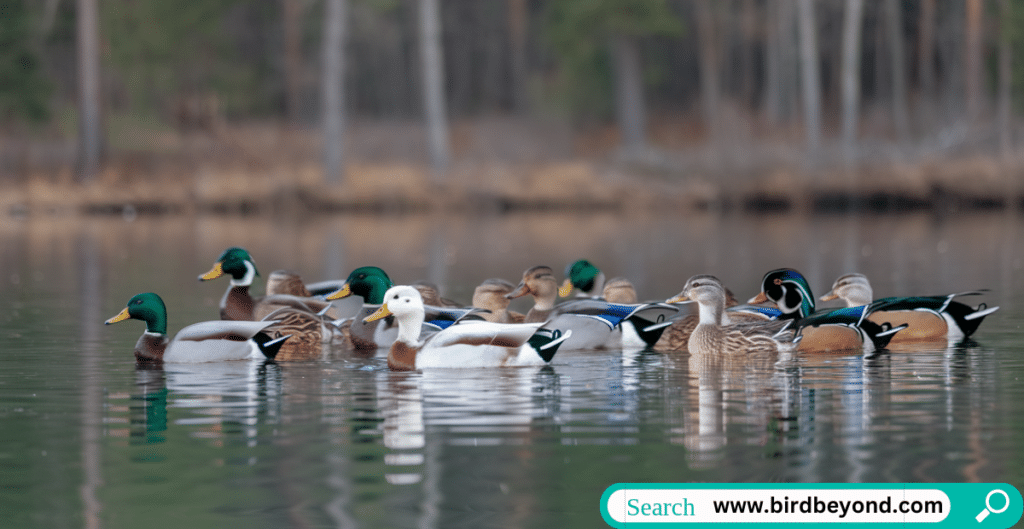
- “Bunch”
A general term that can be used for a small group of ducks on water swimm. It’s less specific than “raft” or “paddling” but still conveys the idea of ducks clustered together. - “Knob”
This unique term is used for a small group of ducks on water. While its origin is unclear, it adds a touch of whimsy to duck-watching vocabulary. - “Sord”
The “sord” typically refers to a larger group of mallards, especially when in flight, but can also be used for ducks on water. It’s one of the more obscure collective nouns for ducks.
“A sord of mallards descended on the lake, their wings whistling as they landed on the glassy surface.” – From “Waterfowl Wonders” by J.D. Featherton
List: Specialized Collective Nouns for Ducks
- On Land:
- Waddling
- Badling (for ducklings)
- In Flight:
- Skein
- Plump
- Brace (for two ducks)
- On Water:
- Bunch
- Knob
- Sord
These specialized terms not only enrich our language but also provide insight into the diverse behaviors and habitats of ducks. For instance, whether you’re a birdwatcher, a nature enthusiast, or simply curious about language, understanding these collective nouns adds depth to your appreciation of these remarkable waterfowl. Furthermore, knowing the specific terms can enhance your observational skills, as well as your ability to communicate effectively about the natural world. In addition, these terms serve to connect us with the environment, helping us recognize the unique characteristics of different duck groups. Ultimately, embracing these collective nouns can deepen our overall connection to these fascinating creatures.
IV. The Origins and Evolution of Duck Collective Nouns: A Linguistic Journey
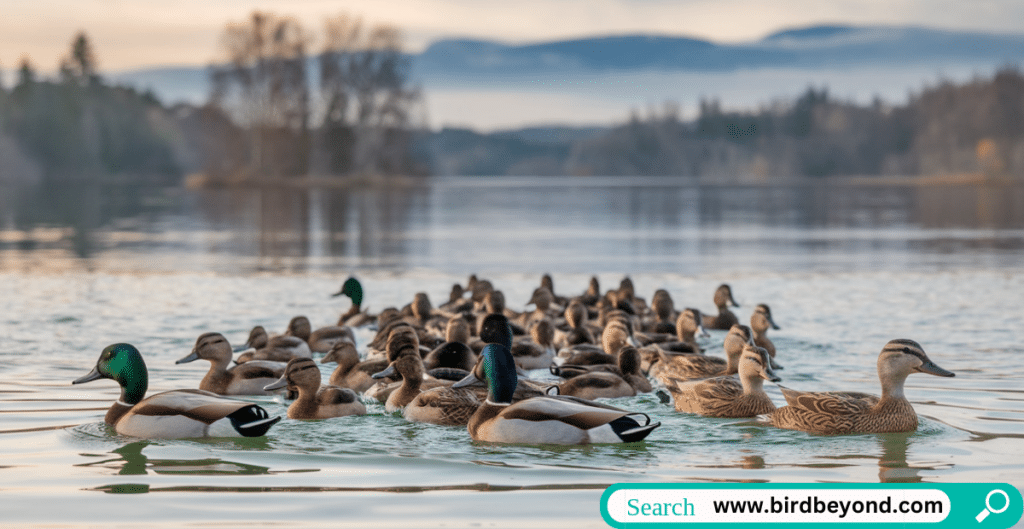
The question “What is a group of ducks called?” leads us down a fascinating path of linguistic history. The collective nouns we use for ducks, like many animal group names, have evolved over centuries, influenced by cultural, historical, and observational factors.
Historical Context and Etymology
Many duck collective nouns originated in Middle English and gained popularity during the Late Middle Ages. Dame Juliana Berners’ 15th-century “Book of Saint Albans” stands out as a significant source for animal collective nouns, including those for ducks. Linguists and historians often cite this work when tracing the origins of these colorful terms.
- “Sord”: This term, meaning a flight of mallards, likely comes from the Middle English word “sorde,” meaning “to rise up.”
- “Brace”: Originally from the Old French “brace,” meaning “two arms,” it was adopted into hunting terminology to describe a pair of game birds.
Influence of Hunting Terminology
Hunting has played a significant role in shaping the vocabulary we use for duck groups. Terms like “team” and “brace” have their origins in hunting practices:
- “Team”: In medieval hunting, a “team” referred to a group of ducks lured by a decoy duck.
- “Flight”: While not exclusive to ducks, this term is often used in hunting contexts to describe a group of ducks in the air.
Regional Variations and Lesser-Known Terms
As with many aspects of language, collective nouns for ducks can vary by region and local tradition. Some lesser-known terms include:
- “Puddling”: Used in some parts of England to describe a group of ducks in a small pond or puddle.
- “Flush”: Sometimes used to describe a group of ducks suddenly taking flight, especially when startled by a hunter or predator.
- “Daggle”: An archaic term occasionally used for a small group of ducks.
Case Study: The Evolution of “Flock”
The term “flock,” now widely used for groups of birds including ducks, has an interesting etymological journey:
- Old English: “flocc” – meaning a body of people or animals
- Middle English: “flok” – used for groups of sheep, birds, or people
- Modern English: “flock” – primarily used for birds and sheep
This evolution demonstrates how collective nouns can shift in meaning and application over time.
Moreover, as language continues to evolve, we can only speculate about what new terms might emerge to describe our feathered friends. In addition, the exploration of these origins can lead us to appreciate the rich tapestry of culture and language surrounding ducks. Thus, engaging with this topic opens up a fascinating dialogue about how we interact with nature. Ultimately, the evolution of language reflects our changing perceptions and understanding of the world around us.
V. The Science Behind Duck Groupings: Feathered Flock Dynamics
While exploring what a group of ducks is called, it’s crucial to understand the science behind why ducks form these groups in the first place. Duck flocking behavior is not just a charming spectacle for birdwatchers; it’s a complex social system that plays a vital role in duck survival and reproduction.
Social Behavior and Group Dynamics
Ducks are highly social birds, and their group behavior is influenced by several factors:
- Species-Specific Tendencies: Some duck species, like mallards, are more likely to form large flocks, while others, like wood ducks, prefer smaller family units.
- Seasonal Changes: Flocking behavior often intensifies during migration periods and breeding seasons.
- Environmental Factors: Availability of food, presence of predators, and weather conditions can all affect group size and composition.
“The social bonds within duck flocks are a testament to the complexity of avian behavior and the importance of community in the animal kingdom.” – Dr. Anatra Plumage, Waterfowl Behaviorist
Benefits of Flocking for Ducks
Understanding why ducks flock together helps explain the variety of terms used to describe these groups. The primary advantages of flocking include:
- Protection from Predators
- Safety in numbers: Larger groups make it harder for predators to single out individual ducks.
- Vigilance: More eyes and ears mean better detection of potential threats.
- Confusion effect: A large, moving group can confuse and overwhelm predators.
- Efficient Foraging
- Information sharing: Ducks in a group can learn about food sources from each other.
- Cooperative feeding: Some species work together to stir up food in the water or on land.
- Mating Opportunities
- Courtship displays: Groups provide a stage for ducks to perform mating rituals and find suitable partners.
- Genetic diversity: Larger flocks increase the chances of finding genetically diverse mates.
- Energy Conservation
- Drafting: In flight, ducks can save energy by flying in formation, taking advantage of the updraft created by the bird in front.
Table: Duck Flocking Benefits
| Benefit | Description | Example |
|---|---|---|
| Predator Protection | Safety in numbers, increased vigilance | A raft of ducks quickly disperses when a hawk appears |
| Efficient Foraging | Information sharing, cooperative feeding | A paddling of ducks working together to stir up aquatic plants |
| Mating Opportunities | Courtship displays, genetic diversity | A sord of mallards engaging in elaborate mating rituals |
| Energy Conservation | Drafting in flight formations | A skein of ducks flying in V-formation during migration |
Seasonal Changes in Group Sizes and Compositions
The size and composition of duck groups can vary dramatically throughout the year, influenced by the annual cycle of breeding, molting, and migration:
- Spring: Breeding pairs form, often leading to smaller group sizes.
- Summer: After hatching, family groups are common, sometimes joining into “crèches” with other families.
- Fall: Large flocks form as ducks prepare for migration.
- Winter: Mixed-species flocks are common in wintering grounds.
Understanding these patterns helps explain why we might see a “paddling” of ducks in summer turn into a massive “sord” in fall, highlighting the dynamic nature of duck social behavior.
By delving into the science behind duck groupings, we gain a deeper appreciation for the various collective nouns used to describe these gatherings. Whether it’s a “raft” bobbing on the water or a “skein” soaring through the sky, each group of ducks represents a complex social system adapted for survival and success in the avian world.
VI. Duck Species and Their Unique Grouping Behaviors: A Feathered Variety Show
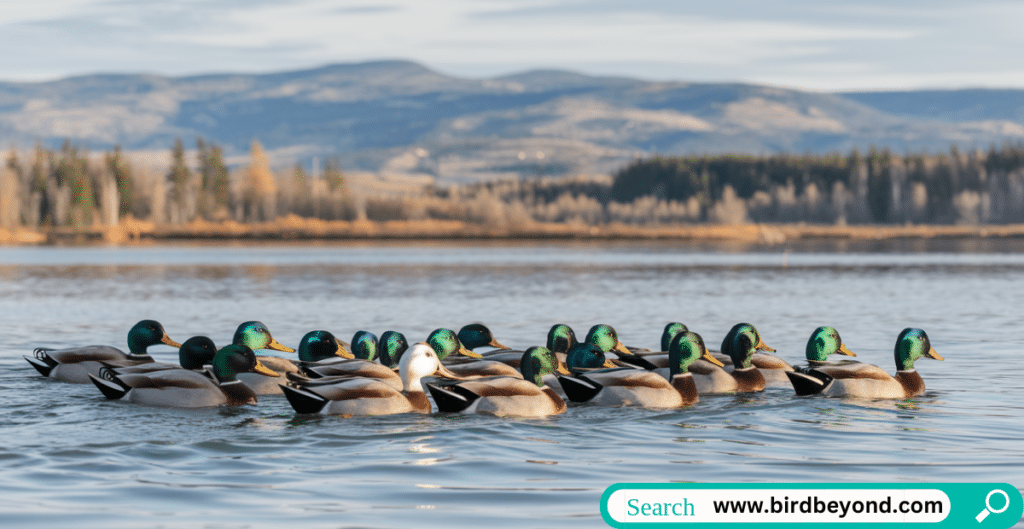
When exploring what a group of ducks is called, it’s important to recognize that different duck species can exhibit unique flocking behaviors. These variations contribute to the rich tapestry of collective nouns used to describe duck gatherings. Let’s dive into some specific duck species and their characteristic group dynamics:
A. Mallards and Their Large Flocks
Mallards (Anas platyrhynchos) are perhaps the most recognizable duck species and are known for forming large, diverse groups.
- Group Size: Mallard flocks can range from a few individuals to several thousand, especially during migration.
- Behavior: Highly adaptable, mallards form mixed-sex flocks outside the breeding season.
- Collective Nouns: Often described as a “sord” or “flock” of mallards.
Fun Fact: The largest recorded flock of mallards contained an estimated 700,000 individuals, observed at Heron Lake, Minnesota, in November 1935.
B. Wood Ducks and Their Smaller Family Units
Wood Ducks (Aix sponsa) have a more reserved social structure compared to their mallard cousins.
- Group Size: Typically seen in small family groups or pairs.
- Behavior: During the breeding season, wood ducks are often solitary or in pairs. In winter, they may form small flocks.
- Collective Nouns: A small group might be called a “paddling” or “plump” of wood ducks.
“The intimate family bonds of wood ducks offer a stark contrast to the bustling crowds of mallards, highlighting the diversity of social structures in the duck world.” – Dr. Quack Waddles, Ornithologist
C. Eider Ducks and Their Massive Rafts
Common Eiders (Somateria mollissima) are known for forming impressive gatherings on the water.
- Group Size: Can form enormous rafts of tens of thousands of individuals.
- Behavior: Highly social, especially during molting and wintering periods.
- Collective Nouns: Most commonly referred to as a “raft” of eiders when on water.
Table: Comparison of Duck Species Grouping Behaviors
| Species | Typical Group Size | Primary Habitat | Common Collective Nouns |
|---|---|---|---|
| Mallards | Large (up to thousands) | Varied (ponds, lakes, urban areas) | Sord, Flock |
| Wood Ducks | Small (family units or pairs) | Wooded swamps, tree-lined waters | Paddling, Plump |
| Eiders | Very Large (up to tens of thousands) | Coastal marine environments | Raft |
D. Other Notable Duck Species and Their Group Behaviors
- Mergansers
- Behavior: Often seen in small to medium-sized flocks.
- Collective Noun: A “squadron” of merg
Conclusion: The Enduring Fascination with Duck Collectives
As we’ve explored the many answers to the question “What is a group of ducks called?”, we’ve uncovered a rich tapestry of language, history, and biology. From the common “flock” to the more specialized terms like “sord” and “badling,” each collective noun offers a unique perspective on these remarkable birds.
The diversity of terms reflects not only the varied behaviors and habitats of ducks but also our enduring fascination with these waterfowl. . Furthermore, recognizing these specific terms can enhance your experience, allowing you to engage more fully with the natural world around you. .
As we continue to study and appreciate ducks, who knows what new terms might emerge? The language of duck collectives, like the birds themselves, is dynamic and ever-evolving.
Remember, every group of ducks tells a story – of survival, of community, of the intricate dance between nature and language.
So go forth and spread the word about the wonderful world of duck collective nouns. Who knows? You might just inspire the next generation of duck enthusiasts, linguists, or conservationists.
FAQs
What is the most common collective noun for a group of ducks?
The most common collective noun for a group of ducks is a “flock.” This versatile term can be used for ducks in various settings, including on land, in water, or in flight.
How many different collective nouns are there for ducks?
There are over a dozen collective nouns for ducks, including “raft,” “paddling,” “team,” “sord,” “skein,” and “plump,” each describing ducks in different situations or behaviors.
What’s the difference between a “raft” and a “paddling” of ducks?
A “raft” typically refers to a group of ducks floating stationary on water, while a “paddling” describes ducks actively swimming on the water’s surface.
Why do ducks form groups?
Ducks form groups for various reasons, including protection from predators, efficient foraging, increased mating opportunities, and energy conservation during flight.
Are collective nouns for ducks used in scientific contexts?
While some collective nouns are used informally by scientists, formal scientific literature typically uses more general terms like “group” or “flock.” Specialized terms are more common in birdwatching and popular nature writing.
What’s a “badling” of ducks?
A “badling” specifically refers to a group of ducklings. It’s a charming term that evokes the image of fluffy baby ducks following their mother in a line.
-
Do Birds Eat Squirrels?
Introduction: The Curious Case of Squirrels and Cat Food Do Birds Eat Squirrels encounters in our backyards often spark fascinating questions about animal behavior. One common query that homeowners and pet enthusiasts frequently ask is: do squirrels eat cat food? The short answer is yes, squirrels can and will eat cat food if given the…
-
What is Hobbes Bird? Unraveling a Philosophical Metaphor
This comprehensive exploration unpacks the origins, characteristics, and enduring relevance of the Hobbes Bird in today’s world. By the end, you’ll not only understand what the Hobbes Bird symbolizes but also why its lessons remain vital. The Hobbes Bird is not a creature you’ll find in the wild. Instead, it exists in the realm of…
-
7 Types of Hawks in Michigan: Ultimate ID Guide with Pictures
Hawks represent extraordinary predators that have sculpted intricate ecological relationships across Michigan’s diverse landscapes. Types of Hawks That Live in Michigan showcase remarkable adaptability, survival strategies, and unique characteristics that make them essential components of the state’s complex ecosystems. Michigan’s geographical diversity creates perfect habitats for multiple hawk species, each evolving specialized traits to thrive…

William Henry is a distinguished blogger with a flair for avian storytelling. With a wealth of experience, he delivers captivating insights and expert knowledge to Bird Beyond. William’s passion for birds and his engaging writing style make him a standout voice in the birdwatching community, offering readers both valuable information and delightful narratives.

